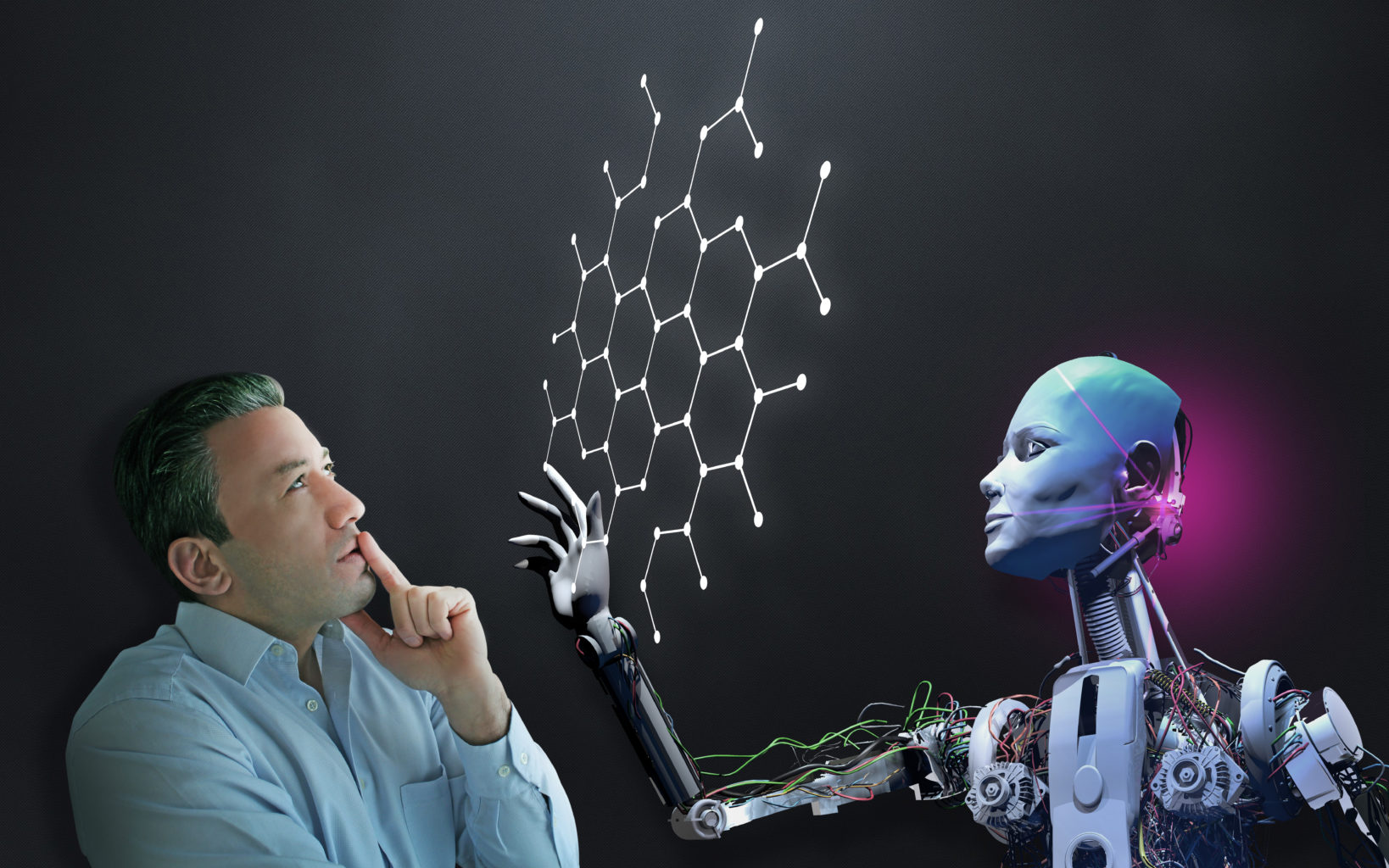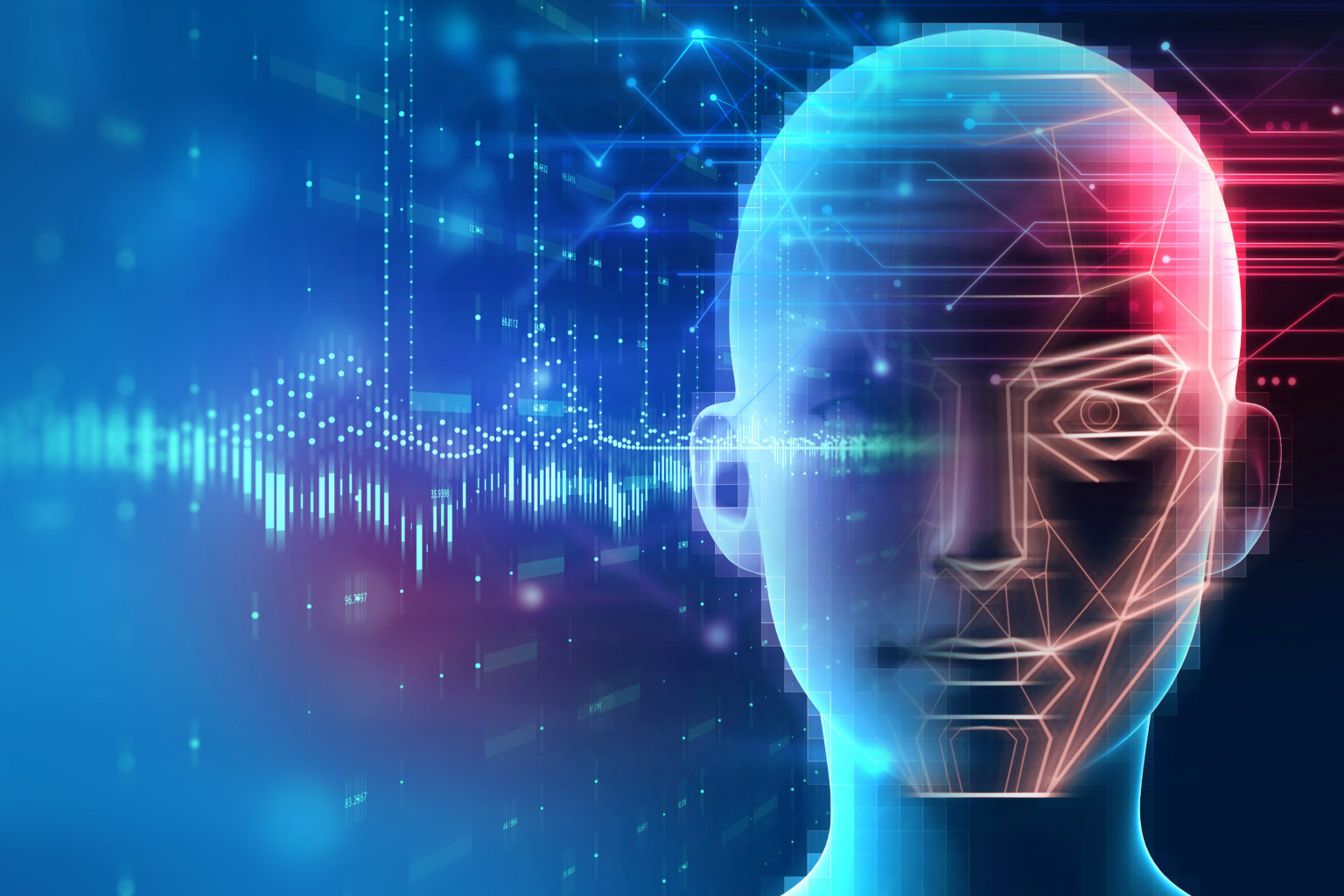The Timescale team announced a release candidate, TimescaleDB 1.0, designed to support full SQL, yesterday. TimescaleDB is the first open-source time-series database that scales for fast ingest and complex queries while providing full SQL support. It also natively supports full SQL. TimescaleDB 1.0 comes with features such as native Grafana integration, first-class Prometheus support, and dozens of other new features.
The timescale is the company behind the first open-source time-series database and is powered by PostgreSQL. TimescaleDB has helped businesses across the world with mission-critical applications such as industrial data analysis, complex monitoring systems, operational data warehousing, financial risk management, geospatial asset tracking, and more.
TimescaleDB 1.0 key Features
TimescaleDB 1.0 offers first-class Prometheus support for long-term storage along with native Grafana integration.
First-class Prometheus Support
There is now an added native support in TimescaleDB to act as a remote storage backend for Prometheus (a monitoring system and time-series database). This adds many benefits to Prometheus such as a full SQL interface, long-term replicated storage, support for late data, data updates, and the ability to JOIN monitoring data against other business data.
Native Grafana Integration
TimscaleDB 1.0 now comes with a graphical SQL query builder for Grafana and additional support.
In addition to these two major features, there are other TimescaleDB features:
TimescaleDB 1.0 is fast, flexible, and built to scale.
It supports full SQL i.e. it is similar to PostgreSQL on the outside but is architected for time-series internally.
TimescaleDB 1.0 provides the largest ecosystem of any time-series database such as Tableau, Grafana, Apache Kafka, Apache Spark, Prometheus, Zabbix support.
It is now enterprise ready and offers reliability and tooling of PostgreSQL, enterprise-grade security, and production-ready SLAs.
TimescaleDB 1.0 manages time-series data. It offers automatic space-time partitioning, a hypertable abstraction layer, adaptive chunk sizing, and other new functions for easier time-series analytics in SQL.
It also comprises features such as geospatial analysis, JSON support, along with easy schema management.
TimescaleDB has managed to achieve some significant milestones since its launch in April 2017. It managed to surpass 1 million downloads and 5,000 GitHub stars. It has Bloomberg, Comcast, Cray, Cree, and LAIKA as production users.
“Based on all the adoption we’re seeing, it’s becoming clear to us that all data is essentially a time-series data. We’re building TimescaleDB to accommodate this growing need for a performant, easy-to-use, SQL-centric, and enterprise-ready time-series database,” says Ajay Kulkarni, Timescale founder on the TimeScale announcement page.
To get started, download TimescaleDB (installation instructions). You can explore the first release candidate for TimescaleDB 1.0 at Github or on Docker.
For more information, check out the official release notes.
Introducing Watermelon DB: A new relational database to make your React and React Native apps highly scalable
Say hello to FASTER: a new key-value store for large state management by Microsoft
IBM Files Patent for “Managing a Database Management System using a Blockchain Database”
Read more
 United States
United States
 Great Britain
Great Britain
 India
India
 Germany
Germany
 France
France
 Canada
Canada
 Russia
Russia
 Spain
Spain
 Brazil
Brazil
 Australia
Australia
 South Africa
South Africa
 Thailand
Thailand
 Ukraine
Ukraine
 Switzerland
Switzerland
 Slovakia
Slovakia
 Luxembourg
Luxembourg
 Hungary
Hungary
 Romania
Romania
 Denmark
Denmark
 Ireland
Ireland
 Estonia
Estonia
 Belgium
Belgium
 Italy
Italy
 Finland
Finland
 Cyprus
Cyprus
 Lithuania
Lithuania
 Latvia
Latvia
 Malta
Malta
 Netherlands
Netherlands
 Portugal
Portugal
 Slovenia
Slovenia
 Sweden
Sweden
 Argentina
Argentina
 Colombia
Colombia
 Ecuador
Ecuador
 Indonesia
Indonesia
 Mexico
Mexico
 New Zealand
New Zealand
 Norway
Norway
 South Korea
South Korea
 Taiwan
Taiwan
 Turkey
Turkey
 Czechia
Czechia
 Austria
Austria
 Greece
Greece
 Isle of Man
Isle of Man
 Bulgaria
Bulgaria
 Japan
Japan
 Philippines
Philippines
 Poland
Poland
 Singapore
Singapore
 Egypt
Egypt
 Chile
Chile
 Malaysia
Malaysia















